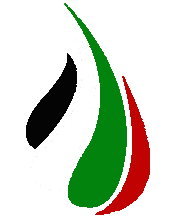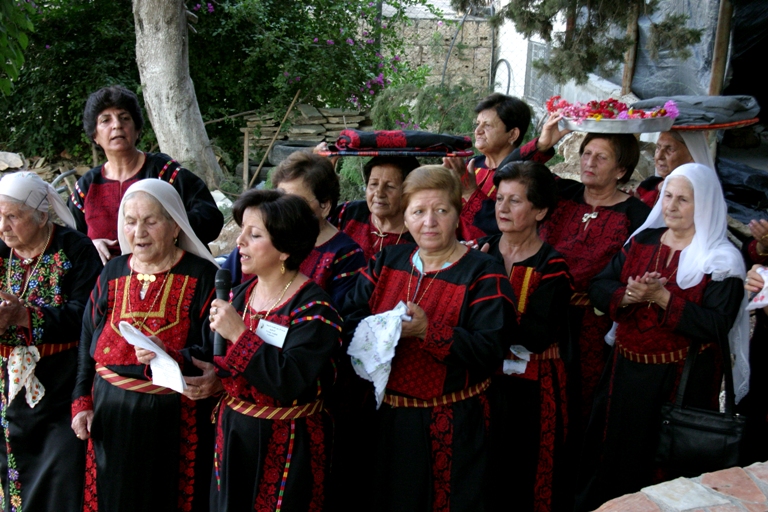

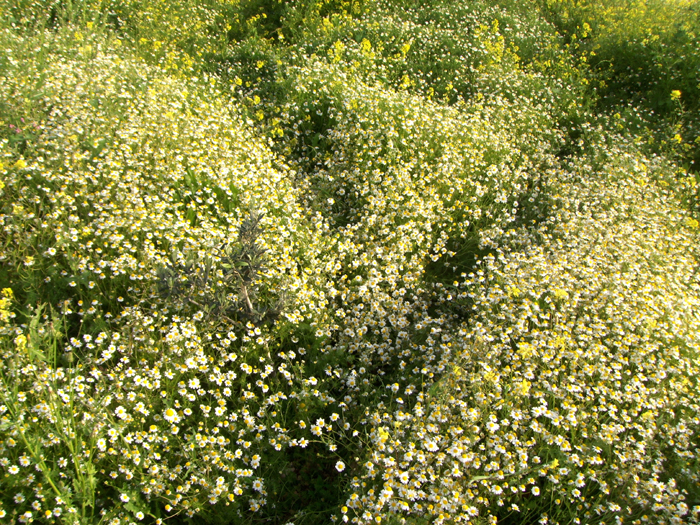

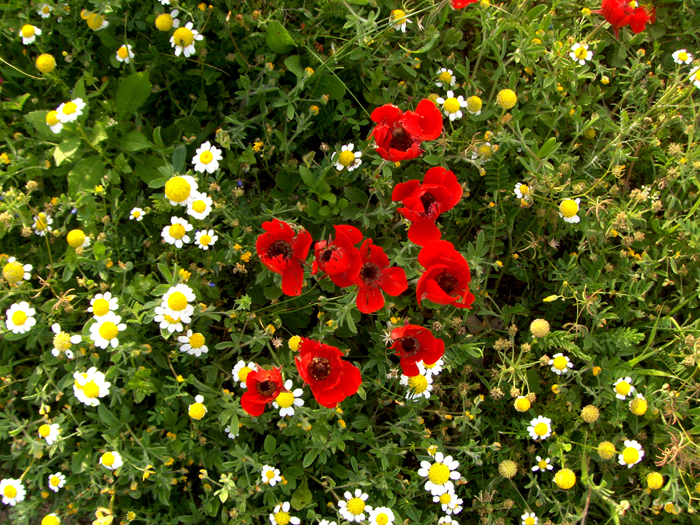
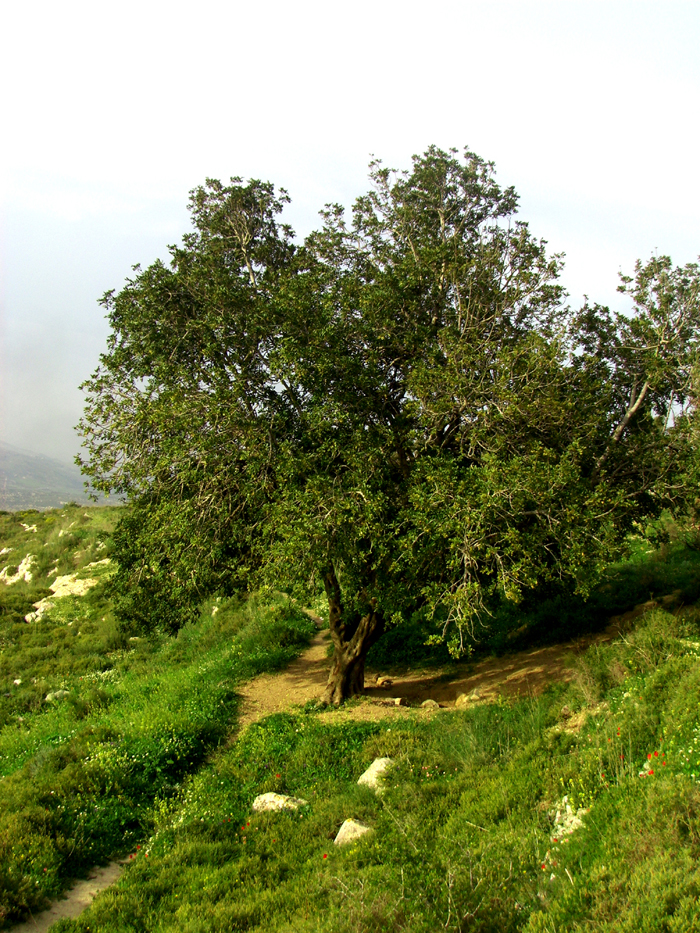
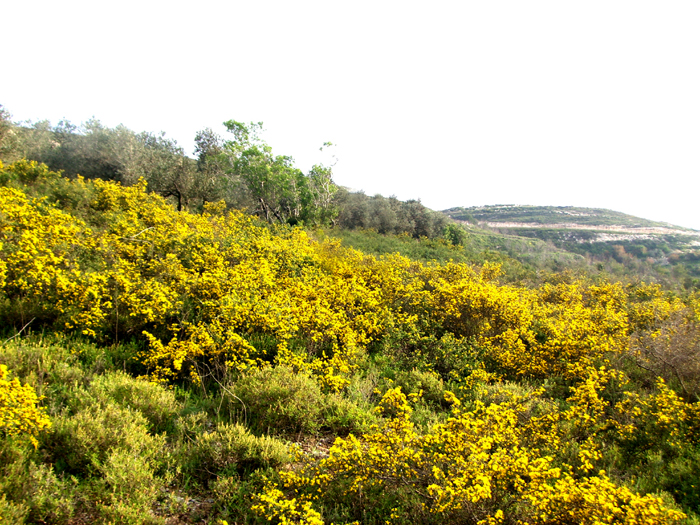
لعل البعض يظن أنها سميت أبيار علي نسبة لعلي بن أبي طالب رضي الله عنه، وهذا غير صحيح والصحيح أنها سميت بذلك نسبة لعلي بن دينار. وعلي بن دينار هذا جاء إلي الميقات عام 1898م حاجاً ( أي منذ حوالي مائة عام )، فوجد حالة الميقات سيئة، فحفر الآبار للحجاج
| في حين نسبها البعض لـسلطان دارفور "علي بن دينار" |
| |
| المدينة المنورة: خالد الطويل |
| احتدم الجدل بين الباحثين حول صحة نسبة ميقات أهل المدينة المنورة"ذي الحليفة" والذي اشتهر بـمسمى"أبيار علي" جنوب غرب المدينة، بعد خروج آراء بحثية تنسبه لسلطان "دارفور "علي بن دينار الذي جاء إلى ميقات المدينة المنورة حاجا سنة 1889. ففي حين يرجع الباحث في تاريخ المدينة المنورة الدكتور تنيضب الفايدي نسبتها إلى علي بن دينار والذي قام بحفر بعض الآبار للحجاج والزوار في تلك المنطقة، مشيرا إلى أنها كانت تعرف من قبل ذلك التاريخ بـ"ذي الحليفة"، ومسجد الشجرة, يقف أمين عام مجلس المرصد الحضري والباحث في آثار المدينة المهندس حاتم طه في اتجاه آخر حيث ينفي صحة ذلك الرأي مؤكدا أن آبار علي تعود في نسبتها- بحسب المصادر التاريخية القديمة- وبعض المعاصرين إلى علي بن أبي طالب- رضي الله عنه. ويرى طه أن تلك الحقيقة لا تمنع من أن سلطان "دارفور" قام بحفر بعض آبارها وتجديدها على طريقة كثير من الحكام الذين كان يهمهم أن تكون لهم بصمة في بلاد الحرمين, ويكفي حسما لتلك القضية-بحسب تعبيره- أن سلطان دارفور لم يأتها زائراً إلا في سنة 1889, بينما عرفت المنطقة بذلك الاسم التاريخي منذ صدر الإسلام الأول. من جهته يرى الباحث ناجي بن تركي الهجاري أنه بالعودة إلى المصادر القديمة نجد أنها تشير إلى أن نسبة الوادي والآبار إلى علي بن أبي طالب والذي حفرها في زمن النبي صلى الله عليه وسلم. ويشير الهجاري إلى عدد من الروايات التي تؤكد شواهدها أنها عرفت بآبار علي من قبل سلطان دارفور بعشرات السنين، ومن بينها-والحديث للهجاري- الروايات التي ذكرها ابن حجر في فتح الباري، وما ذكره عنها شيخ الإسلام "ابن تيمية" صاحب عمدة الفقه في الرواية التي ينفي فيها الأخير مقاتلة علي بن أبي طالب للجن كما تزعم العامة. ويقف متوسطا بين تلك الآراء البحثية رأي عضو هيئة التدريس بجامعة طيبة صاحب كتاب "الطريق النبوي إلى بدر" الدكتور سليمان الرحيلي والذي ينفي فيه صحة نسبة الآبار إلى علي بن دينار "لأن التسمية سابقة فترته التاريخية التي جاء فيها إلى المدينة حاجا" إلا أنه في ذات السياق يؤكد أنها لم تثبت أيضا بحسب قول القدامى والمحدثين بأنها منسوبة لعلي بن أبي طالب وقد نص على ذلك -والحدث للرحيلي- مؤرخ المدينة السمهودي في كتابه وفاء الوفاء. ويتقاطع الرحيلي مع رأي الفايدي في أن الثابت تاريخيا أن آبار علي كانت تسمى في المصادر القديمة بـ"ذي الحليفة"، ومسجد الشجرة. وبحسب رصد الـ"الوطن" فقد ورد مسمى" آبار علي" في أكثر من وثيقة تاريخية من وثائق المحكمة الشرعية بالمدينة المنورة، والتي نشر جزءاً منها الباحث فايز بن موسى البدراني في كتابه "بعض الأعيان وأعلام القبائل في وثائق المحكمة الشرعية بالمدينة المنورة خلال العهد العثماني" حيث تشير إحدى مخطوطات وثائق المبايعة إلى موقع "آبار علي" بظاهر المدينة الشريفة وذلك بحسب صيغة الوثيقة المؤرخة بتاريخ/1/11/1077 ما يؤكد أنها عرفت بذلك الاسم قبل أن يأتي إليها ابن دينار بعشرات السنين. |
An iron gate on the road between Nablus and Tulkarm in Palestine. The gate was placed by the Israeli Army to close the road. The Israeli army used many methods to restrict the movements of Palestinians including iron gates on the roads, checkpoints, trenches, concrete blocks and others.
After closing the road by the gate, people had to leave their cars and buses at one side of the gate and wlk to the other side to take other cars and buses waiting them there.
In this pic you can see the gate and the cars on both sides.
A place mark to the site on GE can be found at This Site
I do not think in any other place in the world you will see an iron gate on the road !!
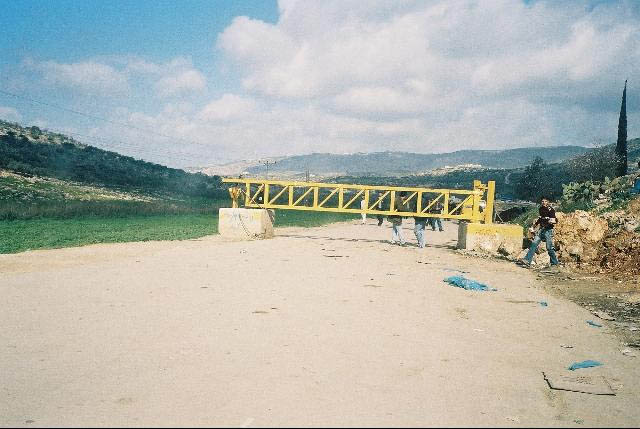

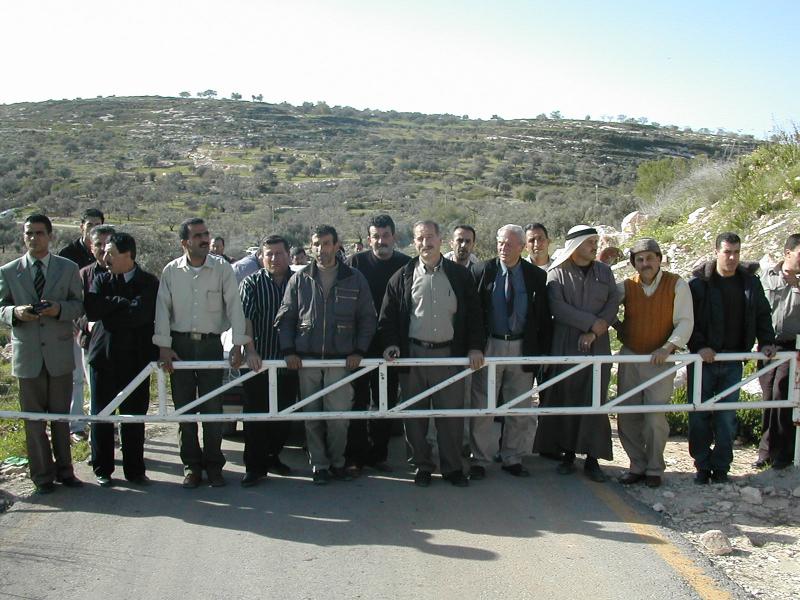

An aerial photo of the village Fandaqomiyah in Jenin, Palestine taken at altitude 390 meters in a sunny summer day.

 62% of palestinian women reported that they were victims of psychological violence during the year 2005.
62% of palestinian women reported that they were victims of psychological violence during the year 2005.
---------------------------------------------------------------------------------------------
 24% of married women in the West Bank and Gaza had been victims of domestic violence in the year 2005.
24% of married women in the West Bank and Gaza had been victims of domestic violence in the year 2005.
-------------------------------------------------------------------------------------------
 36% said that their husbands threatened and intimidated them into submission.
36% said that their husbands threatened and intimidated them into submission.
------------------------------------------------------------------------------------------
 52% of Palestinian mothers believed that at least one of their children (aged five to 17) was exposed to violence.
52% of Palestinian mothers believed that at least one of their children (aged five to 17) was exposed to violence.
------------------------------------------------------------------------------------------
 18% reported that their husbands beat them to have sex.
18% reported that their husbands beat them to have sex.
---------------------------------------------------------------------------------------------
 47% of Palestinian women reported that their husbands used “force and brutality” during sexual intercourse.
47% of Palestinian women reported that their husbands used “force and brutality” during sexual intercourse. These are some shocking figures from the latest report by Human Rights Watch on the status of Palestinian women in the year 2005: A Question of Security: Violence against Palestinian Women and Girls
At a time when the Palestinian people are suffering from the Israeli occupation which inflects its abuse and violence on both males and females, young and old, it is heart breaking to find out that the majority of Palestinian women and children are facing even more abuse at the hands of those who are supposed to exchange with them love and care.
We the Palestinian are a nation fond of romanticizing our women and idealizing their role in the miraculous rebirth of our nation and its survival under the sun. Our poets wrote poems of the ever loving, ever watchful Palestinian woman on whose shoulder leans the wounded fighter and from whose hands drinks the thirsty prisoner. To us the Palestinian woman represents the Palestinian land and vise versa.
But it is an image that conceals behind it a dark reality of abuse of this woman whose full share in the fighting and suffering did not shelter her from the chronic chauvinistic ills of the Arabic culture.
It seems that not only the Israeli occupation we have to liberate ourselves from. We have our own inner circles of occupation that need as much fighting and struggle. What joy will we have in the freedom of our lands if then we leave the souls of our mothers and sisters occupied by fear and humiliation?
 The first of its kind comprehensive online map of Palestine is now available at the web site Palestine Remembered. Thanks to Salah Mansor, the Palestine Remembered director.
The first of its kind comprehensive online map of Palestine is now available at the web site Palestine Remembered. Thanks to Salah Mansor, the Palestine Remembered director. These two comments are just a sample of what I have been seeing and receiving in my email and on the net for a long time, but recently I became more and more aware of the amount and depth of hate that is directly associated with religious motives.
The first remark I got while I was discussing Islam's stand of certain issues with a 'nice' Christian woman from Colorado who runs an active blog . I do not usually dive into religious dialogues, but in her post she stained the Muslim culture as 'a culture that stones women' and other typical stuff that you will expect from a conservative from Colorado. But her being a nice woman with a nice blog I responded to her trying to urge her to be more open to the diversity and beautiful aspects of the Muslim experience. At one point in our discussion she was honest enough to declare her true feelings: 'Yes I hate Islam because it is in direct conflict with my religion". You can see my correspondence with her here 1 and 2 and 3
The other statement above I received in an email from a relative who is also a 'nice' Muslim woman. The email contained a poster allegedly depicting a LEGO toy showing the Prophet in a humiliating posture, the poster claims the toy to be made in Denmark. Though it is clear that this poster is fake, the email contained a prayer to "slaughter all the Danes and smash their heads". I politely responded to her that she should not be propagating hate on the internet. That was not a confused teenager but a mature educated professional person.
But as I think about these incidents and the whole multitude of what is going around us I wonder about this amount of hate that is being nurtured within religious feelings. All religious people of all religions will tell you that religion is basically about love and understanding, but this does not seem to be the case nowadays. It seems to me that many 'religious' people are giving themselves a lot of liberty in producing hate and distributing it. This is a very disappointing thing, and dangerous too. This hate is translated at many times into cruel actions and insane policies.
I think hate is a form of human failure. Hate is the fruit of fear and ignorance. It is not a comfortable thing to hate, so people who harbor hate tend to find conduits for it and thus you see people hating in the name of ideal things. Some hate in the name of religion, some in the name of pure race, others in the name of liberty. Whatever the conduit one chooses for nurturing hate, it can not beautify or legitimize hate, it can only ruin the conduit.
Hate lives in the dark corners of the human soul where it grows into a powerful monster that can lead humans into the most cruel acts and into adopting the most unjust positions. It is only thought light that hate can be eradicated from the corners of our soul. The light of knowledge, of reason and opining our minds and hearts to understanding the others. It is the powerful light of faith, the faith in an all loving God.
-------------------------------------------
NB. After posting this piece I read in the news that the Pope has just made a statement in which he asked that religion should not be used as a pretext for hate. I’m thinking of suing the Pope on copyright grounds :)
 رأيت اليوم صورة بحر، بحر ما في مكان ما، فتذكرت أني لم أر البحر منذ زمن بعيد، لا ادري منذ كم سنة بالتحديد، فالناس هنا لا يعدون الزمن بالسنوات بل بالأشياء و الثورات و الشهداء و الثلج.
رأيت اليوم صورة بحر، بحر ما في مكان ما، فتذكرت أني لم أر البحر منذ زمن بعيد، لا ادري منذ كم سنة بالتحديد، فالناس هنا لا يعدون الزمن بالسنوات بل بالأشياء و الثورات و الشهداء و الثلج.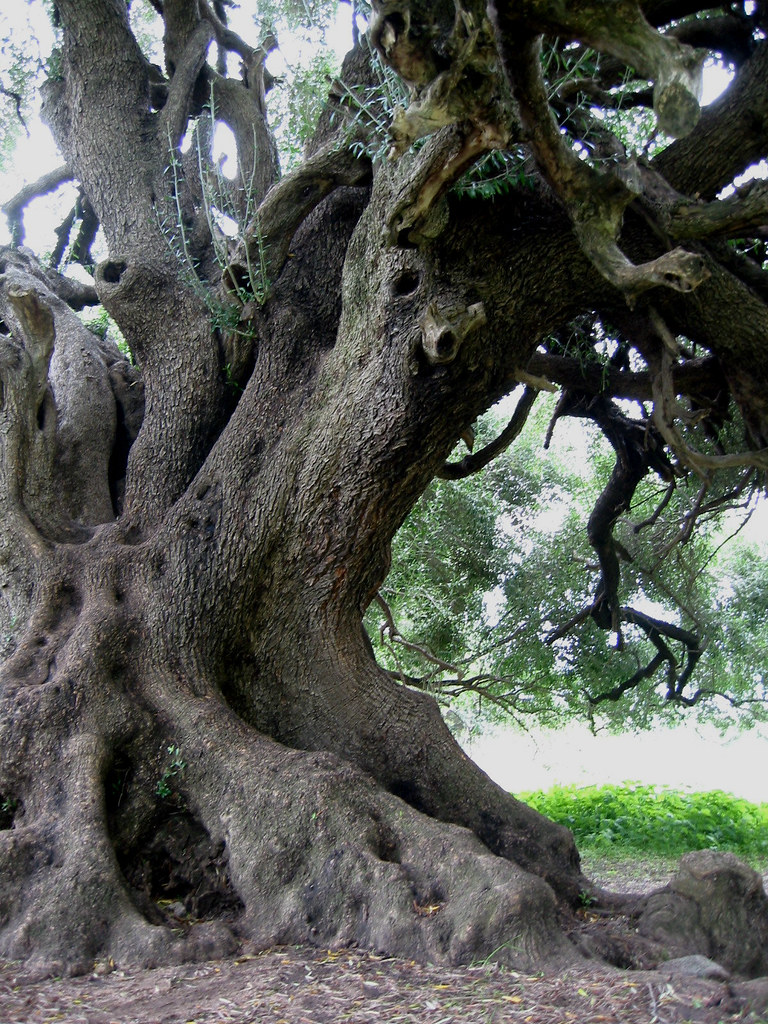 ازرع قلبك في وطنك
ازرع قلبك في وطنك
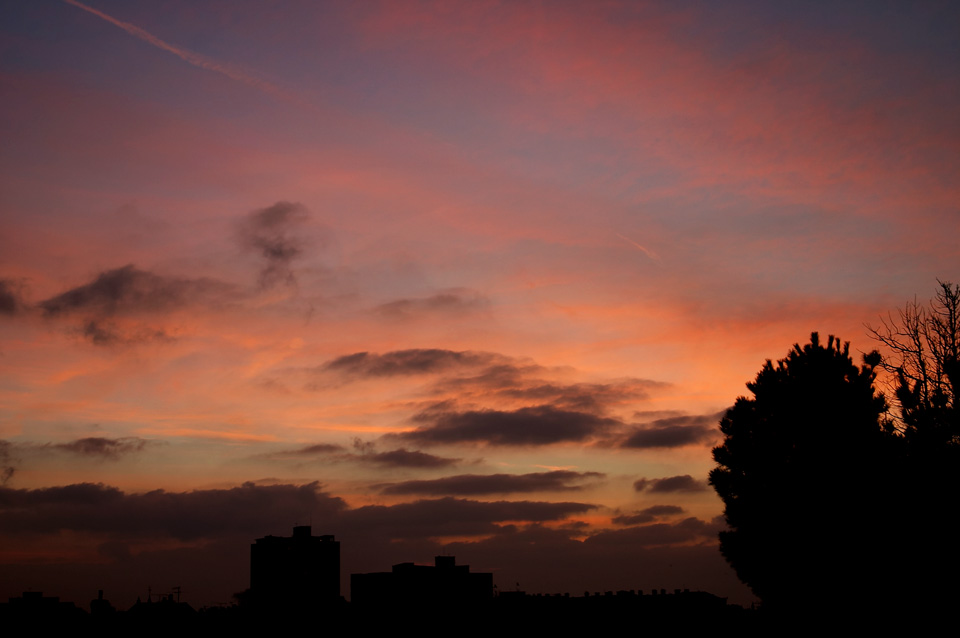 في صباح جميل كهذا
في صباح جميل كهذا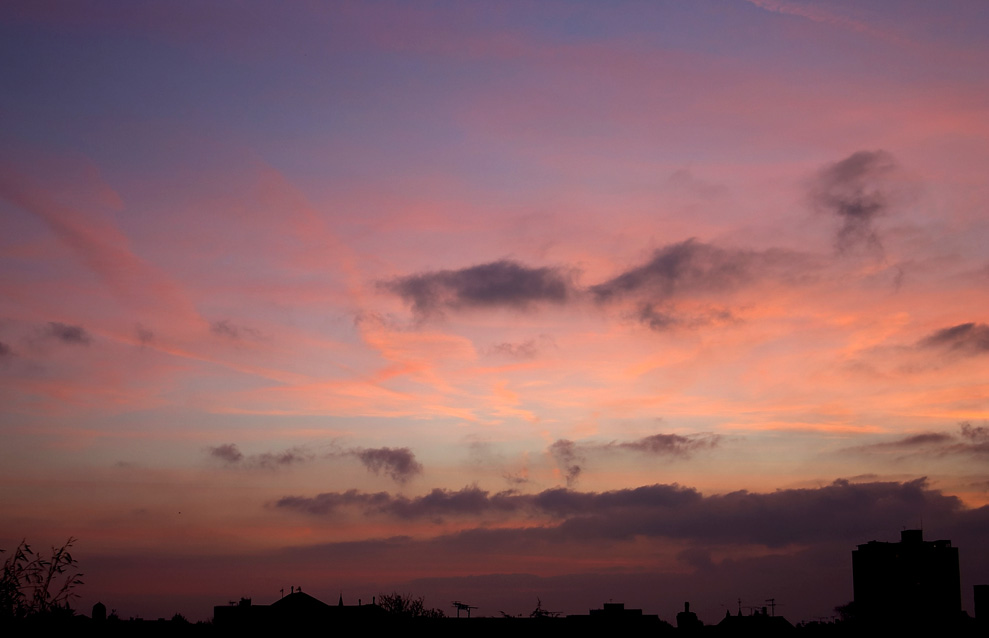 نشوة
نشوة

